Web Development
Technologies
development
webdevelopment
backend
Process
website
The Best 7 Back-End Languages For Web Development in 2022
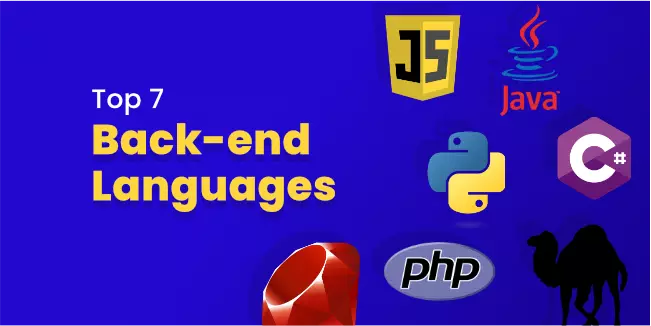
The process of website development is divided into two categories: frontend and backend development. The frontend is concerned with the development of the user interface, whereas the backend concerns itself with server-side development. The frontend is visible to end users, but the backend isn't (in most cases). The websites we use are written in several different languages, which our browser then decrypts so that we can interact with it.
The backend code is the portion of your site's code that communicates with the frontend and sends and receives messages that need to be interpreted and displayed on the website. Furthermore, you are undoubtedly aware that there are two types of websites: static and dynamic. A static web page does not often change, whereas a dynamic web application changes according to the data in its database and is modifiable.
A database is necessary for every website to store and manage all data. Oracle SQL, MySQL, PostgresSQL, and SQLServer are just a few available databases. C, C++, Java, Ruby, PHP, .NET, and Python are some backend programming languages used to create dynamic websites.
What is Backend Development?
Backend web development, or simply backend development, refers to the activities related to developing what you don't see on a website. Backend developers build code that enables the communication between the database and applications. It includes logic and server-side web application integration, writing APIs, building libraries, and working with system components. In short, backend developers control everything going on behind the scenes of your website.
Best Back-end Languages
There are many Back-End Programming Languages. Because we have been creating applications for over 12 years, we are no strangers to backend and frontend development. For this reason, we have compiled a list of the best Back-End Programming Languages.
Java
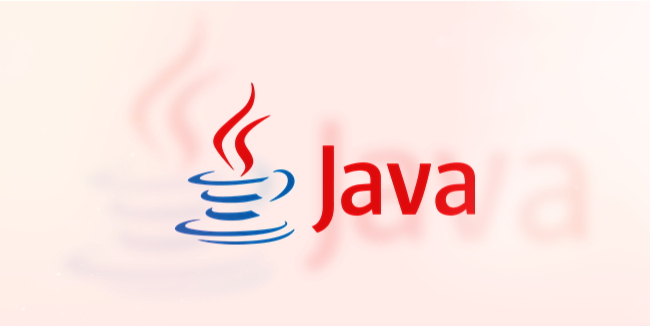
Java is a universal, object-oriented programming language. It is also a concurrent programming language developed by Sun Microsystems in 1995. The JVM, or Java Virtual Machine, is an engine that provides a runtime to run Java code and applications. It translatesJava bytecode into machine language so it can be interpreted by machines. The JVM is part of the JRE (Java Runtime Environment).
Java is a multi-paradigmatic, feature-rich, interpretable, and powerful programming language that ensures high productivity for developers. Unlike other programming languages, Java has never made any major updates and changes and therefore remains the first choice for most companies. Due to its backward compatibility, Java is essential for business applications.
Pros of Java
- It offers a large number of open-source libraries.
- With our automatic garbage collection and memory allocation, you'll be free to focus on the more critical tasks.
- It follows the stack allocation system.
- With the JVM, it allows for platform independence.
- Extremely secure - the mechanism for securing the database is implemented through a security manager, specifying access to classes.
- It supports distributed computing and multithreading, which helps improve performance.
- Provides numerous APIs to help you perform essential tasks.
Cons of Java
- Templates are not readily available, which hampers the creation of high-quality data structures.
- Memory management is a time-consuming and expensive process.
- Java is sluggish (in comparison to other languages).
Python
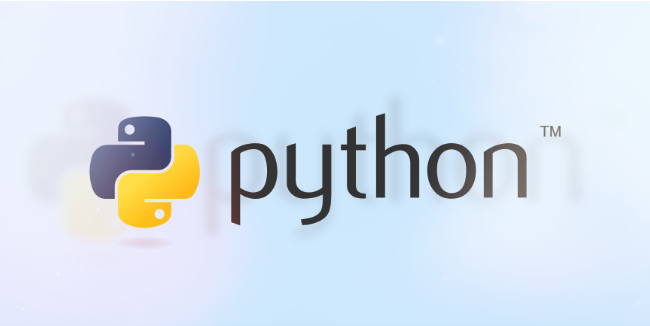
Python is a high-level, interpreted, interactive programming language. It's one of the most powerful and efficient multitasking languages for web development and data analysis.
Python is an extremely simple, easy-to-understand, and user-friendly language for building web applications and websites. It's a popular choice among web development experts since it's frequently used to create scalable websites and apps. Python is named after the British comedy group Monty Python, which Guido van Rossum created.
Pros of Python
- Works with other platforms.
- Large support libraries.
- Unit testing capability.
- Increased control competence.
- Increases productivity.
- It can be used in network applications with multiple protocols.
Cons of Python
- Relatively slow (cannot be used in projects where high speed is required).
- Poor security (therefore not preferred for mobile app development).
- The dynamic typing function generates many errors, extending the testing time.
Java Script
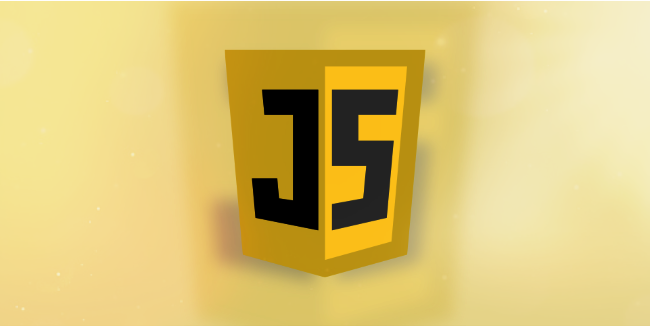
JavaScript is a powerful, versatile frontend language that allows the creation of engaging and user-friendly websites. It's one of the most widely used languages running on everything from clouds to mobile devices to browsers to containers, web servers to microcontrollers. Recently, it has evolved into a high-level, multi-paradigmatic, and dynamic language.
JavaScript can be used for both frontend and backend programming.
Pros of Java Script
- Works in browsers without compilation.
- Speed.
- Versatile language.
- It offers an enriched website interface.
- Provides data validation functionality.
- Great functionality.
- Regular updates.
- Large community support.
- Possibility of integration and implantation with other languages.
Cons of Java Script
- It does not permit multiple inheritances.
- Different types of browsers may interpret the code differently.
Ruby

Ruby is another backend language. Ruby is a programming language that Yukihiro Matsumoto developed in the mid-nineties. It's an open-source, object-oriented, dynamic, and reflective language that is platform-independent. It can run on Windows, Mac, or any Unix version. Ruby follows the Principle Of Least Astonishment, which reduces confusion for experienced language users.
Pros of Ruby
- Object-oriented language.
- Great flexibility - the ability to add, remove and modify individual parts.
- Configurability - the ability to adapt the code to your own needs, thanks to the possibility of adding your methods in classes or classes.
- Faster compared to other Java or Python languages.
- Great intuitiveness.
Cons of Ruby
- No forcing functional programming - Ruby does not force programmers to apply rules to facilitate the creation of readable and efficient code.
- Problems with the growing popularity of the application
- Concurrent programming.
PHP
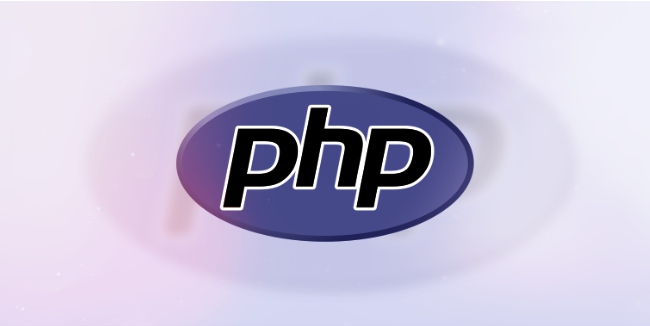
PHP (Hypertext Preprocessor) is a widely used server-side scripting language for creating dynamic, data-driven web applications. It is considered to be one of the best writing languages for websites. PHP is highly dynamic and universal, which is why it has gained recognition in developers' eyes as an ideal language for rapid application development and implementation. It is maintained by an open-source platform that can run on Mac, UNIX, and Windows systems.
The most famous PHP application is Facebook.
Pros of PHP
- Possibility of integration with other databases (such as Microsoft SQL Server, Oracle, Informix, MySQL, Sybase, and PostgreSQL).
- Excellent debugging, thanks to the Xdebug extension.
- It has extensive libraries.
- It offers a large number of frameworks.
- Easy to use in software development.
- It has the Xdebug extension, which provides excellent debugging.
- Great community support.
- It supports several automation tools for testing and deploying your application.
- Supports functional and object-oriented programming paradigms.
- It has a built-in error reporting system.
Cons of PHP
- It is slower than other languages, which automatically translates into website building time.
- No security function.
- No error handling functionality.
- PHP does not support changing the application's fundamental functionality.
- Extra code is always needed with PHP, but not if you use a framework.
C#

C# is a programming language created by Microsoft that builds on the strengths of the popular C programming language. It was created as part of the .NET framework for Windows app development. C# is a general-purpose programming language that, among other things, may be used to develop backend web applications, game, and mobile application development. It's not only helpful in developing websites on Windows; it may also be utilized on Android, iOS, and Linux systems.
It is one of the best programming languages for creating websites.
Pros of C#
- Greater security compared to C and C ++.
- The perfect language for creating any website.
- Rich set of library functions.
- Ability to work with shared code bases.
- Component and object-oriented language.
- Faster build and execution process.
Cons of C#
- Language for advanced developers.
- Learning takes time and effort.
- Solving bugs requires a lot of experience.
- Less flexible than C ++.
Perl
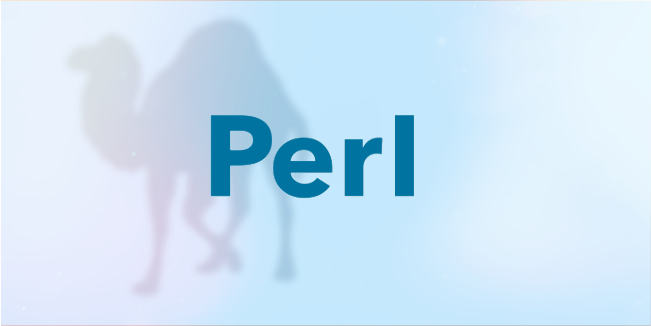
Perl is an excellent tool for programmers to manipulate text and binary files, retrieve information, and generate messages from them. It is also known as the system management language inspired by the C language. For programmers, it is easy to use and distinguished by high efficiency. Although Perl is not a compiled language, it is faster than most interpreted languages. However, it is also a scripting language, meaning that the programs it creates are plain text files that the Perl interpreter executes.
Perl is highly flexible, easy, effective, and also complete. Despite all its specifications, it is fast enough to create large projects. Because its syntax is borrowed from other programming languages, programmers don't have to learn everything from scratch.
Pros of Perl
- A huge database of modules is gathered on one page.
- The speed and ease of writing all kinds of code.
- Almost endless possibilities for developers.
- The ability to do many things in different ways.
- Ability to create CGI pages.
- Ability to quickly convert a script to a CGI page and vice versa.
- Lots of functions.
- Simple string operations using regular expressions.
Cons of Perl
- Code execution is slow compared to C / C ++ and other non-scripting languages.
- Finding a bug in the code is complicated.
Summary

Before deciding to choose a programming language, be sure to define the exact goals and requirements for integration. Only then will you make the right choice.
We have briefly introduced you to the 7 most popular languages, but this does not mean that your choice is limited to these languages only. There are still many new scriptwriters that can also be included in your project. It would be best if you chose the right tool in line with the business requirements of your project.
If you need a consultation with a company that has been creating web & mobile applications, feel free to contact us. We will be happy to help you choose the best language for your backend development.